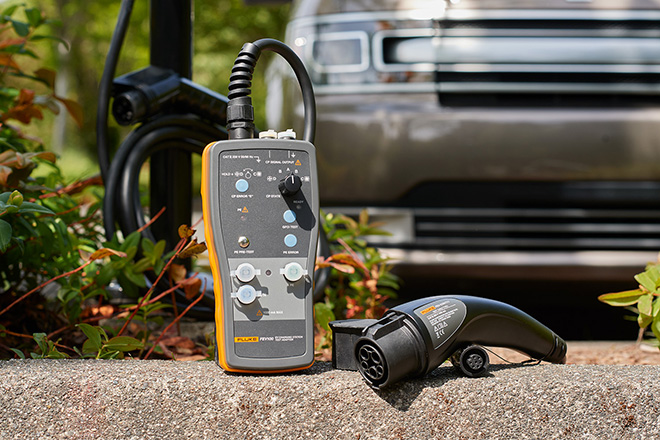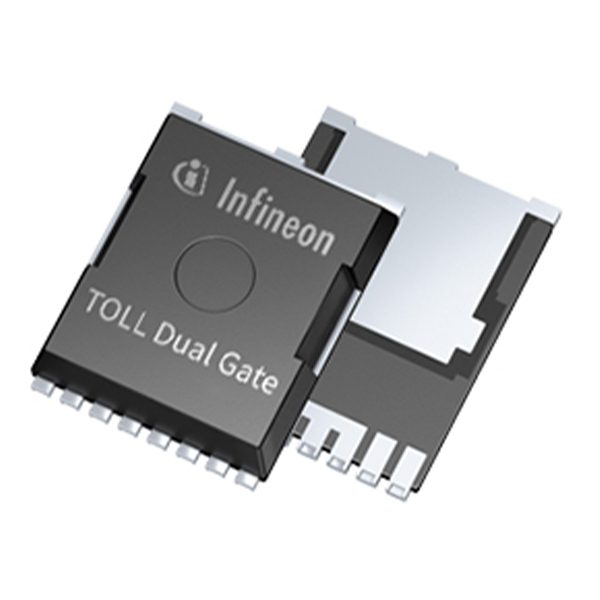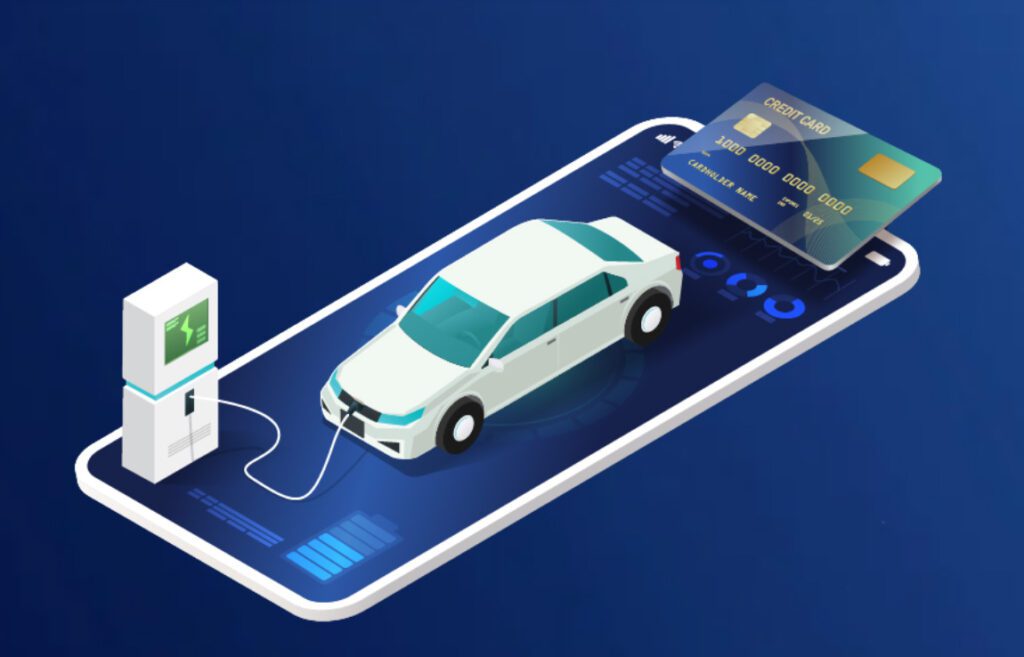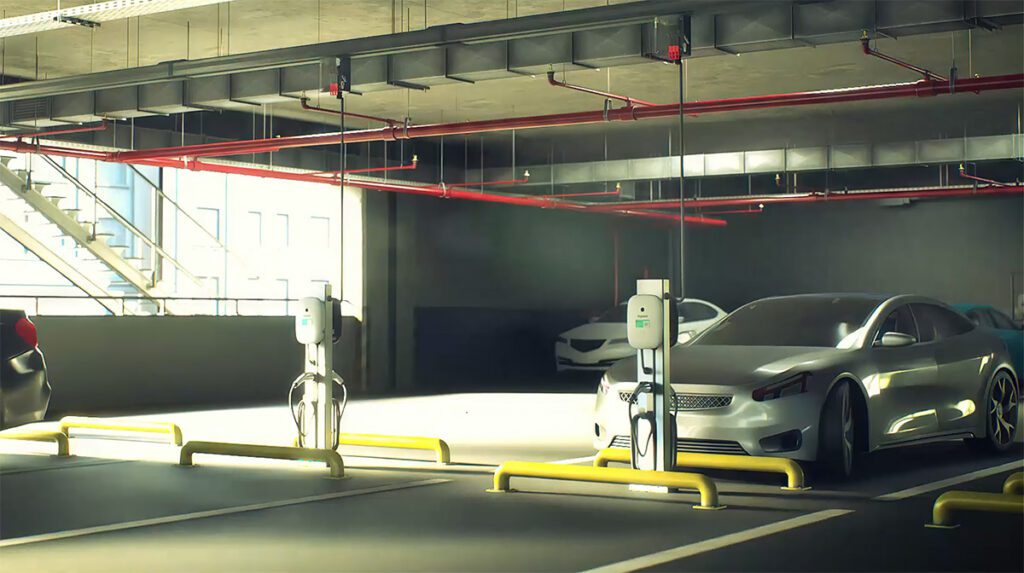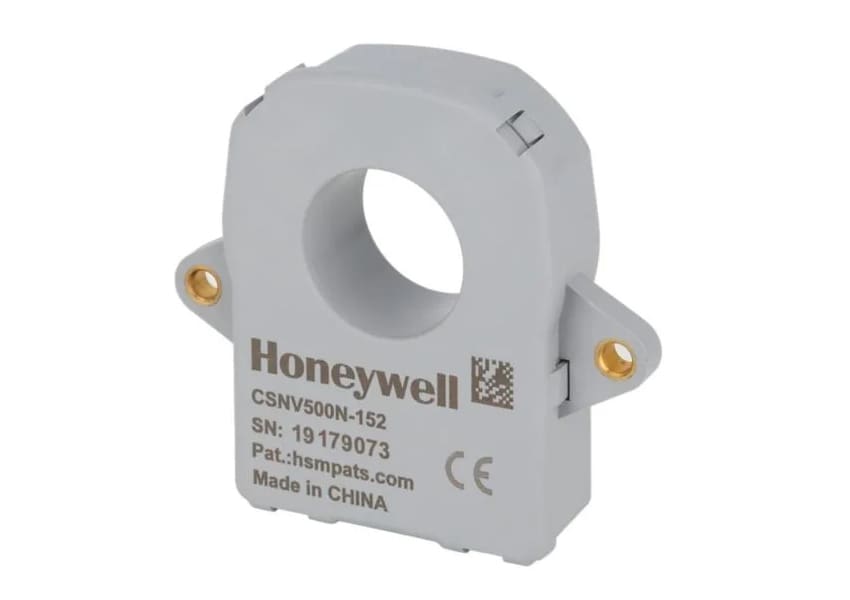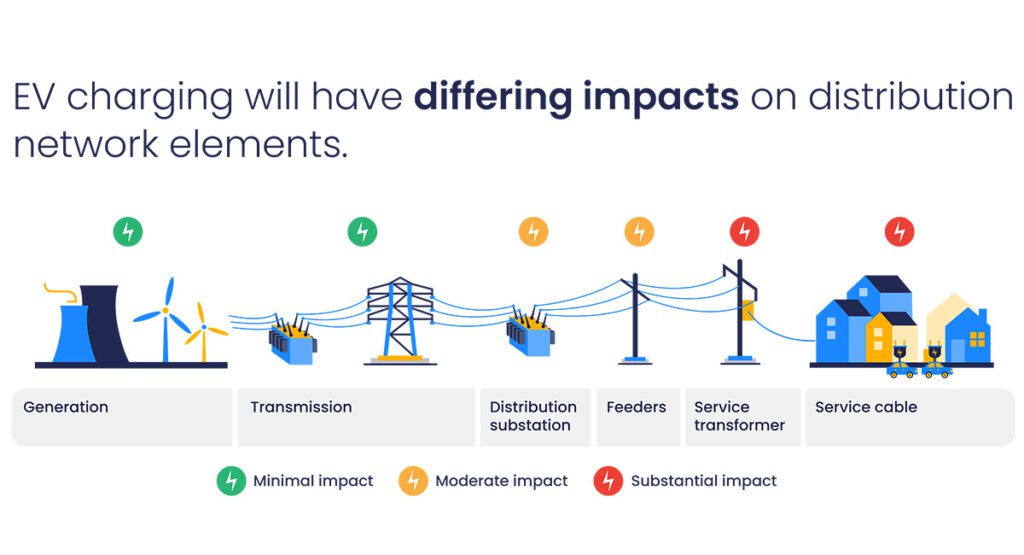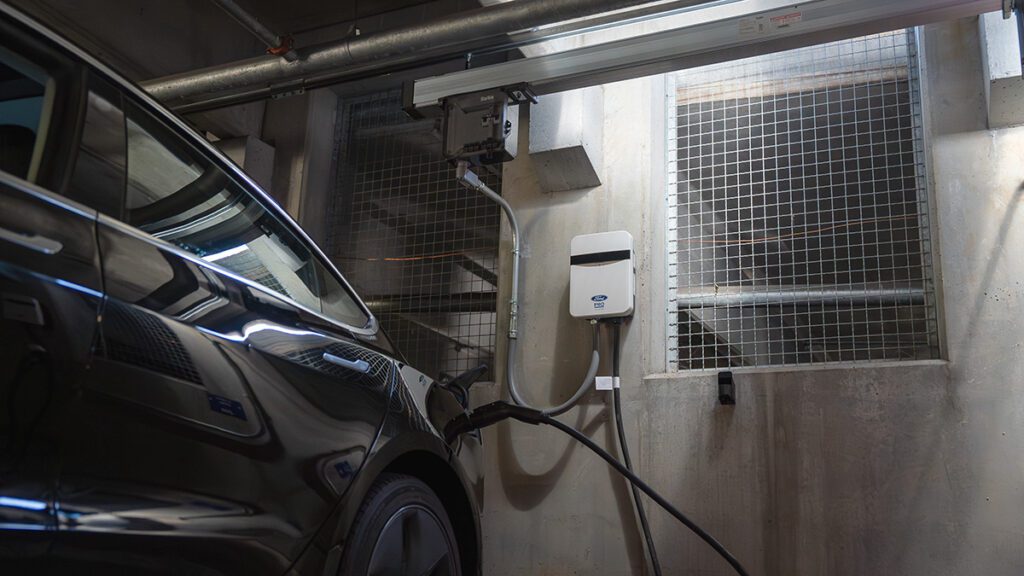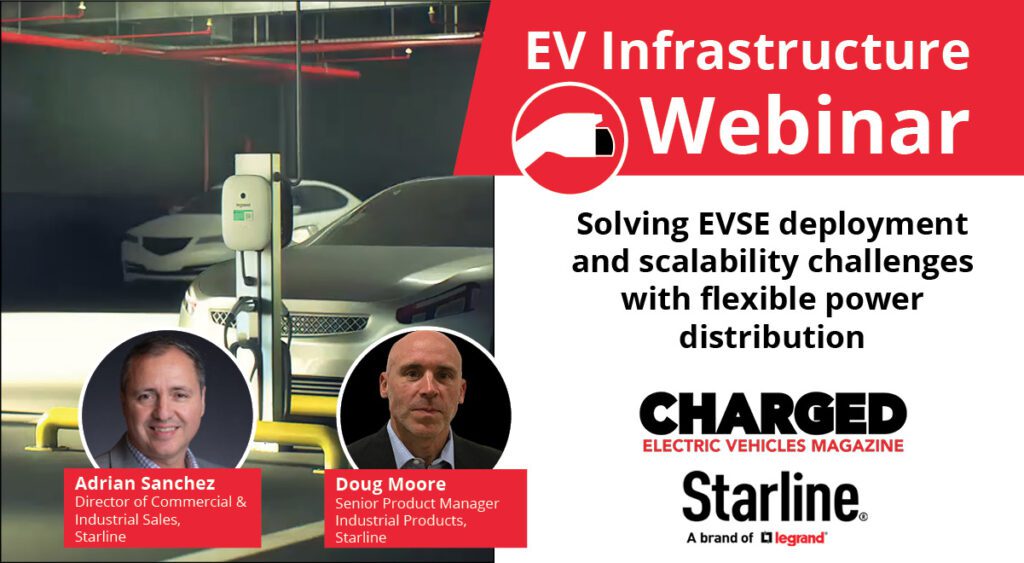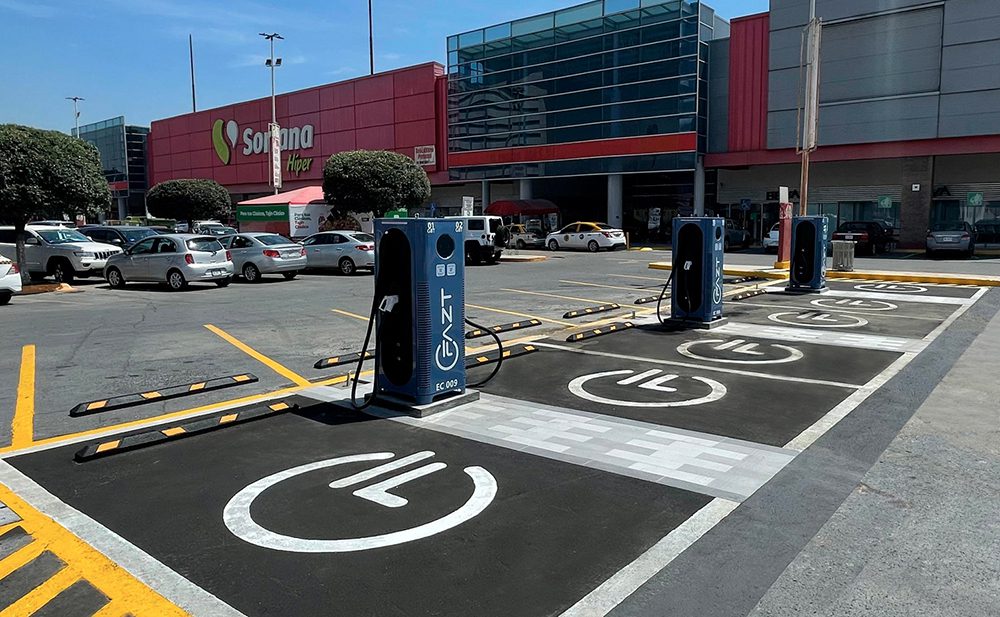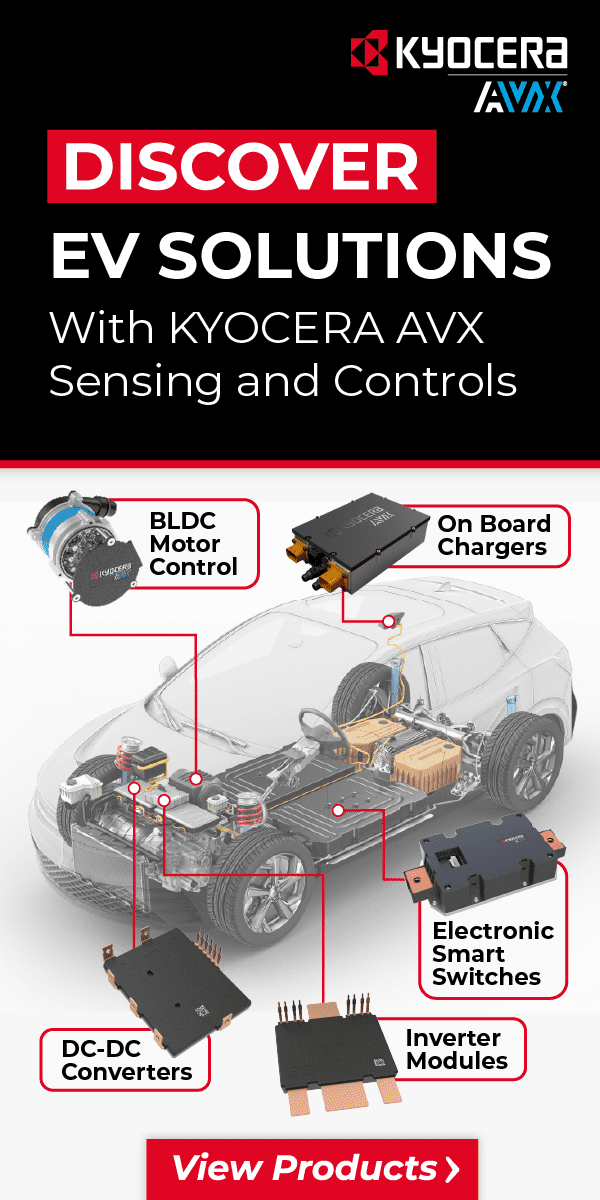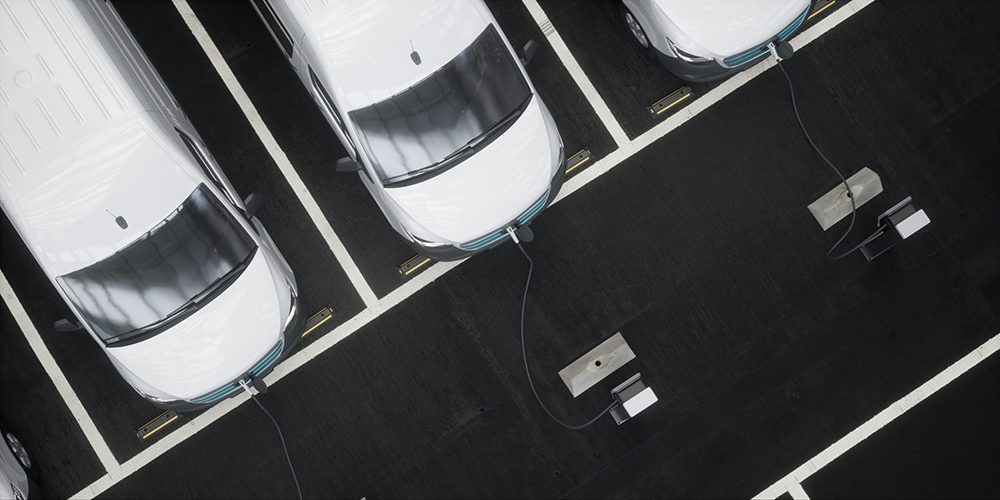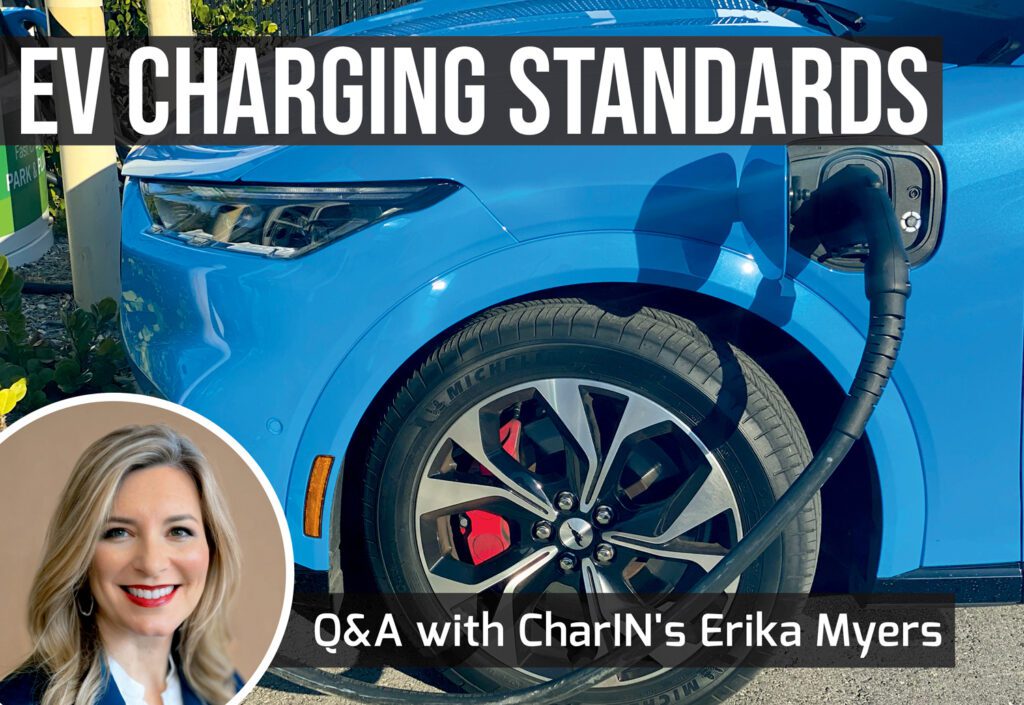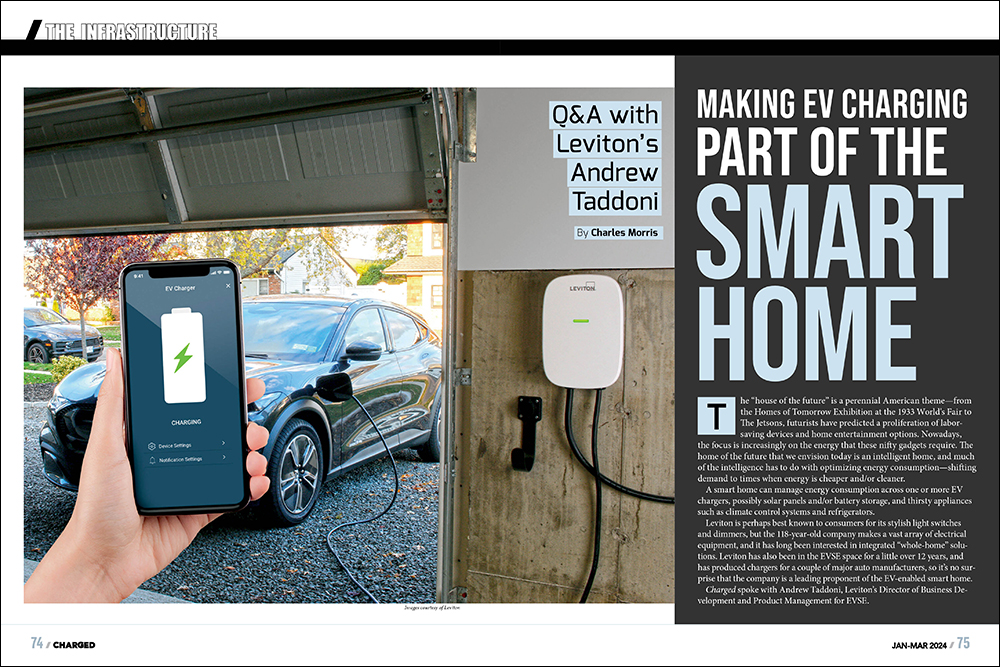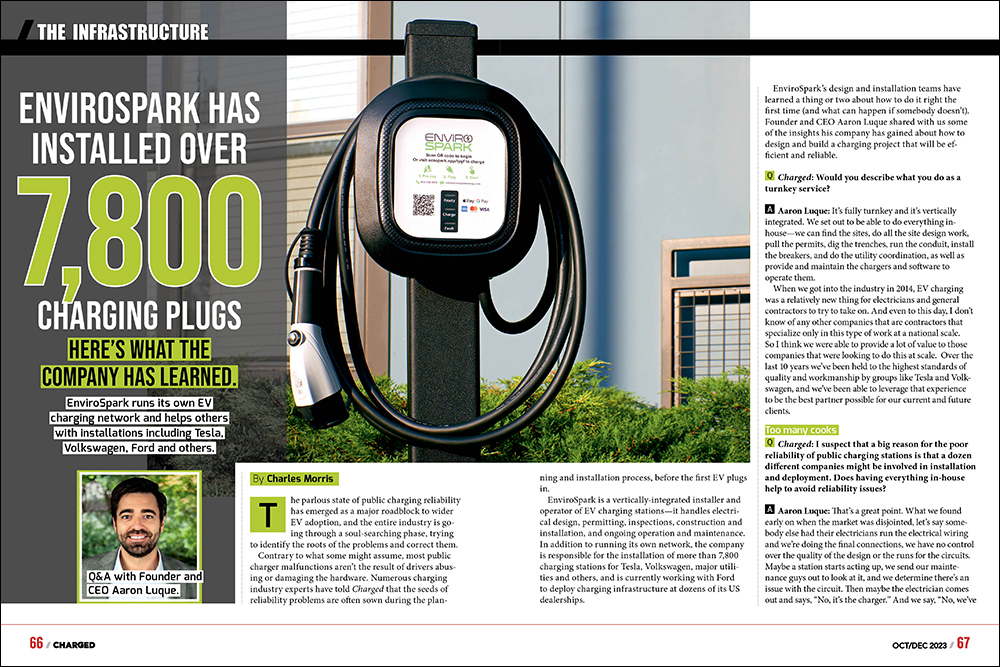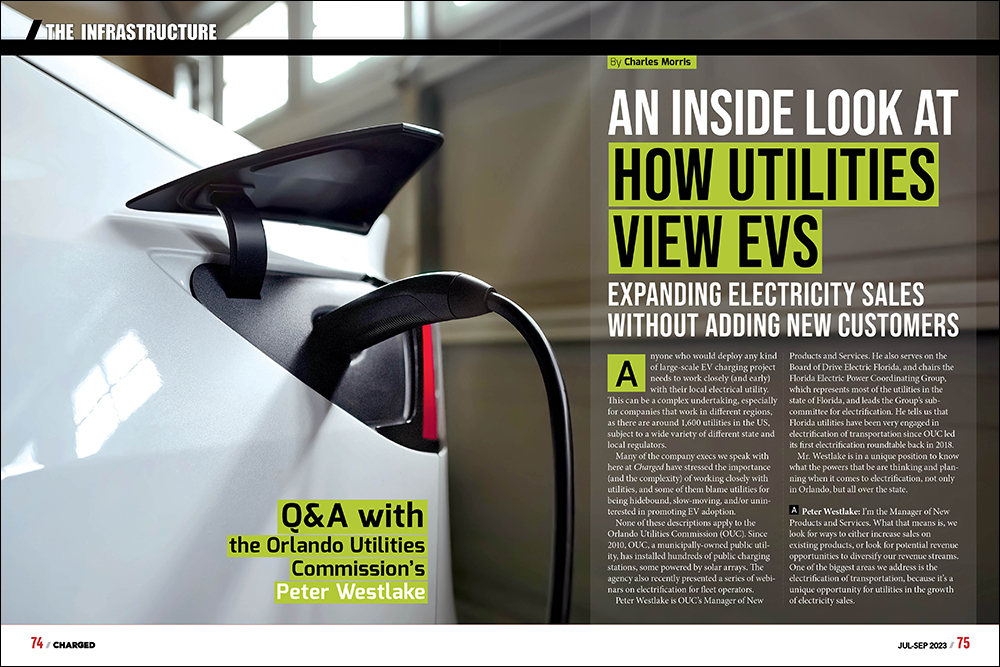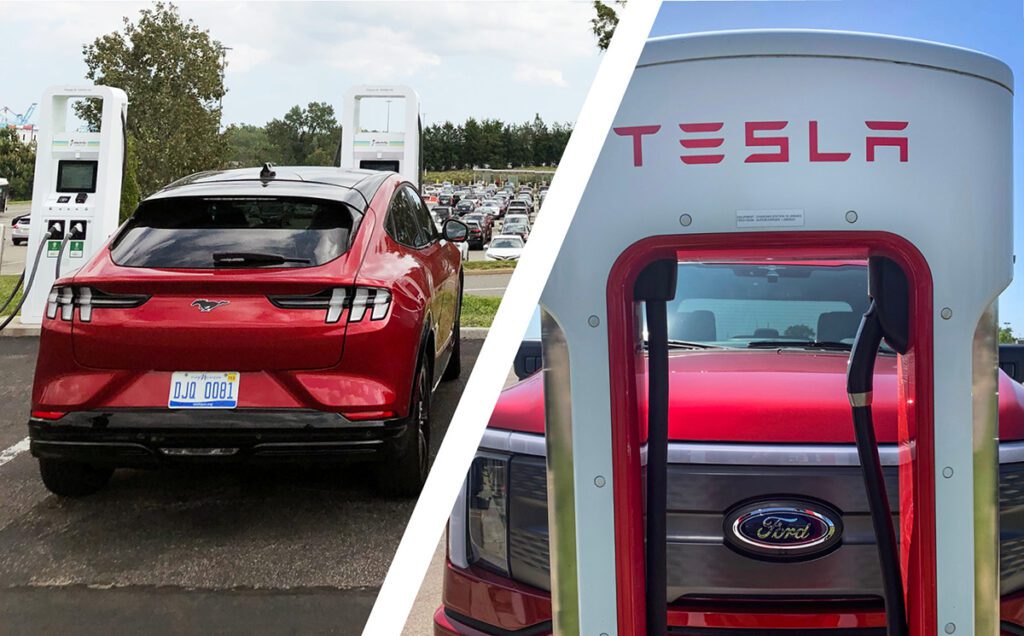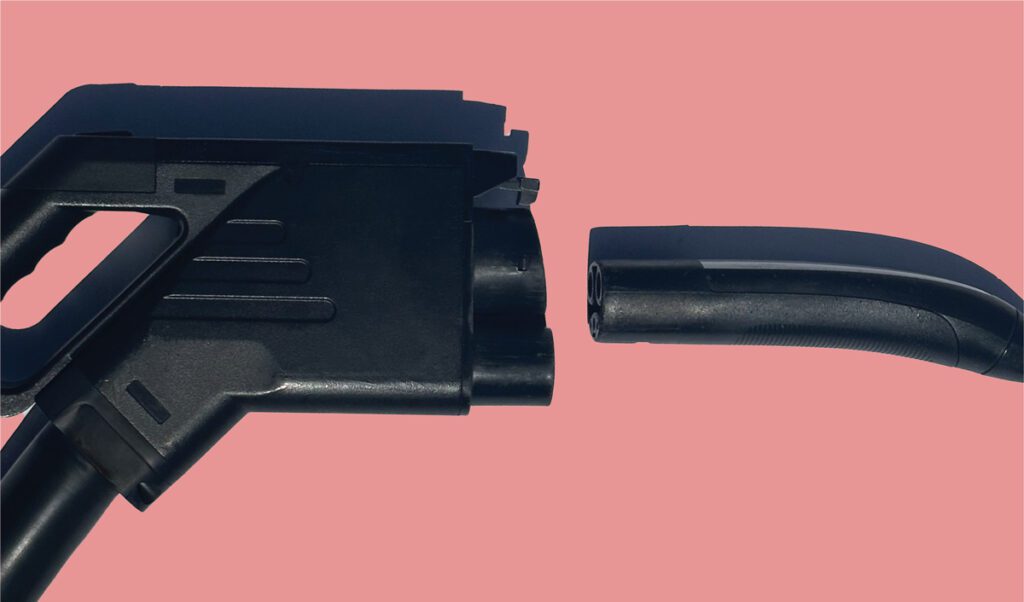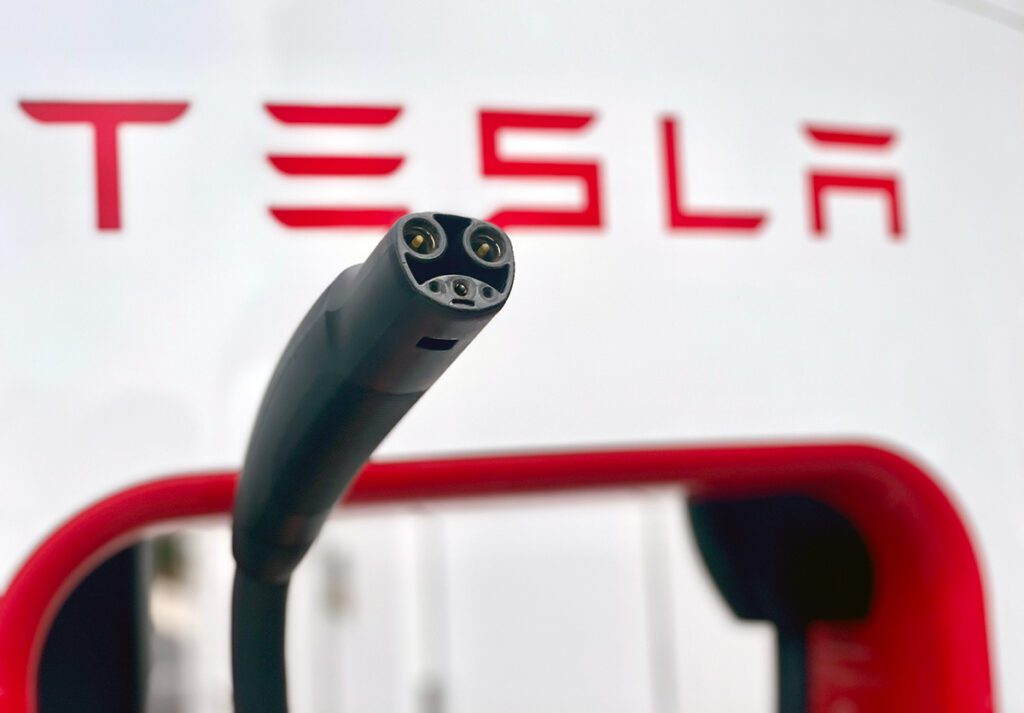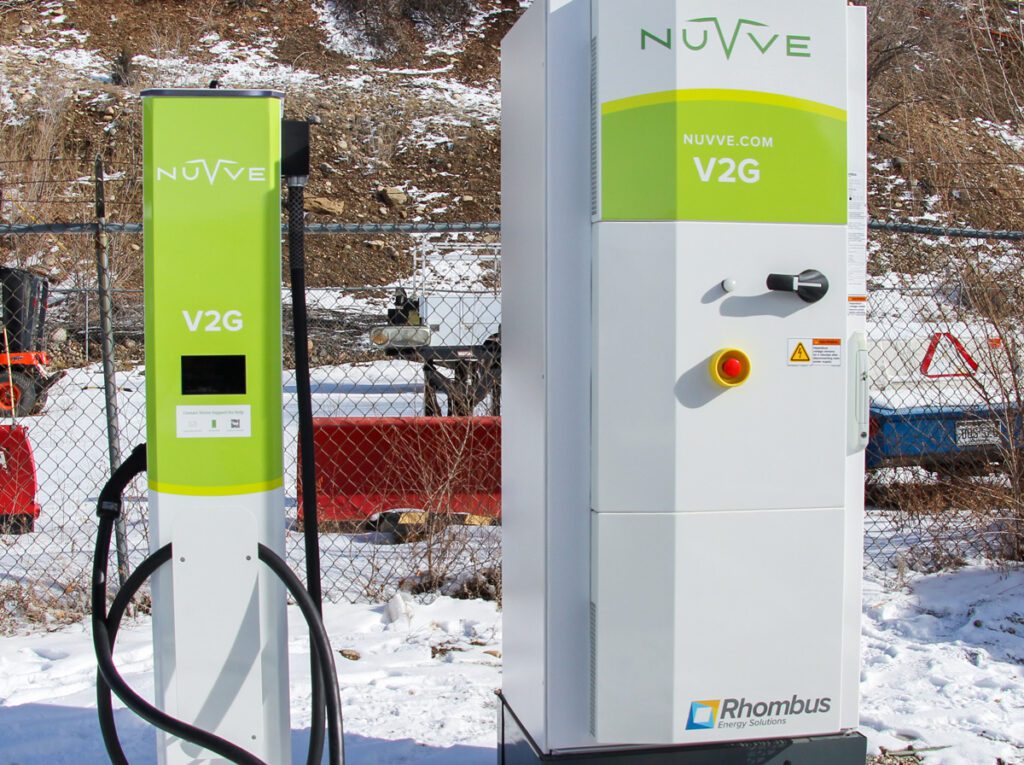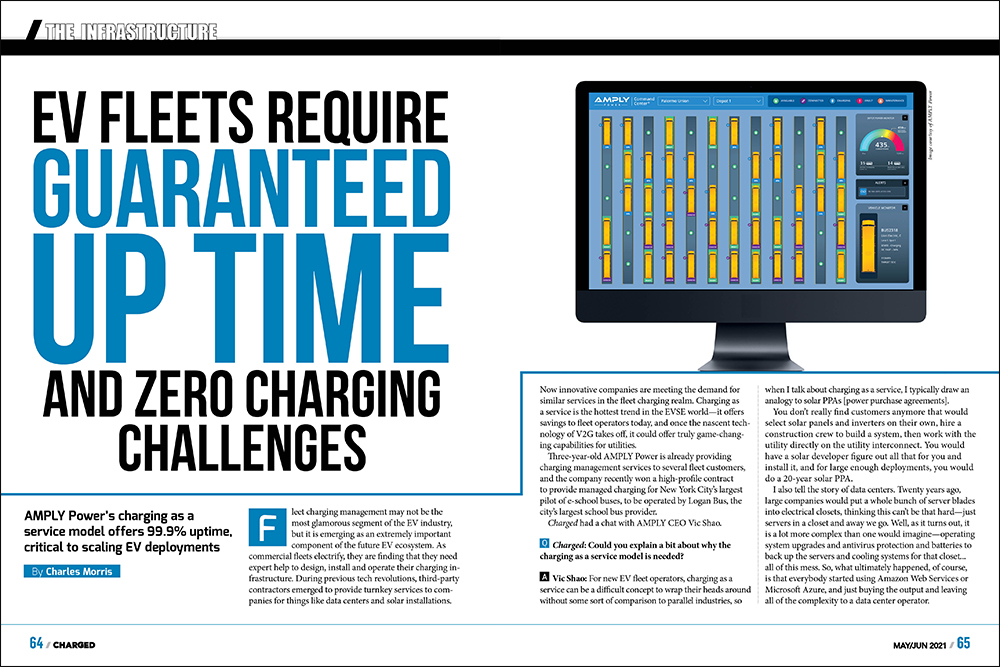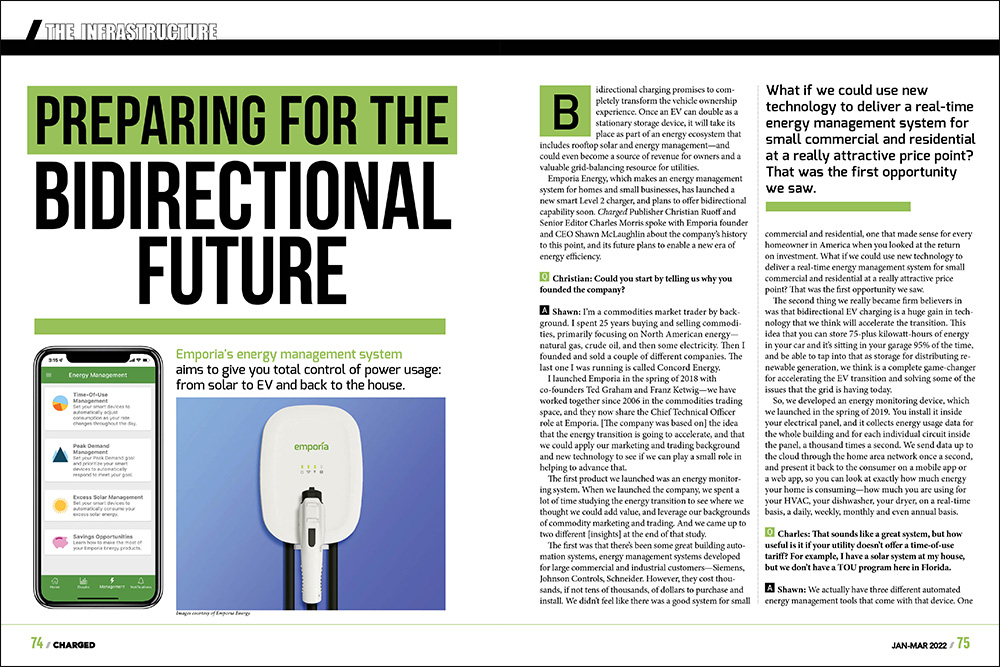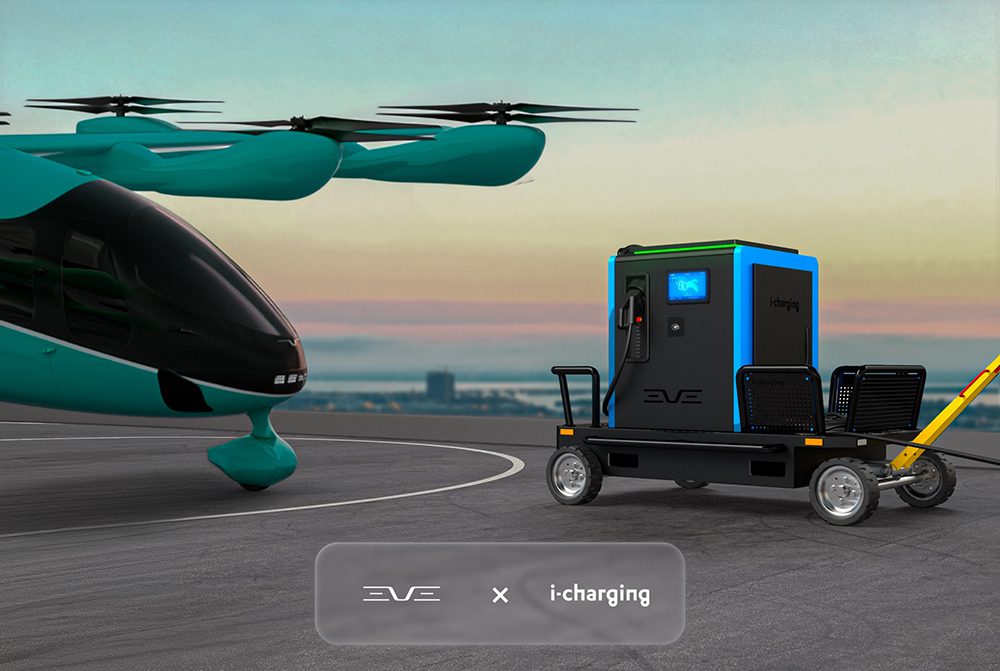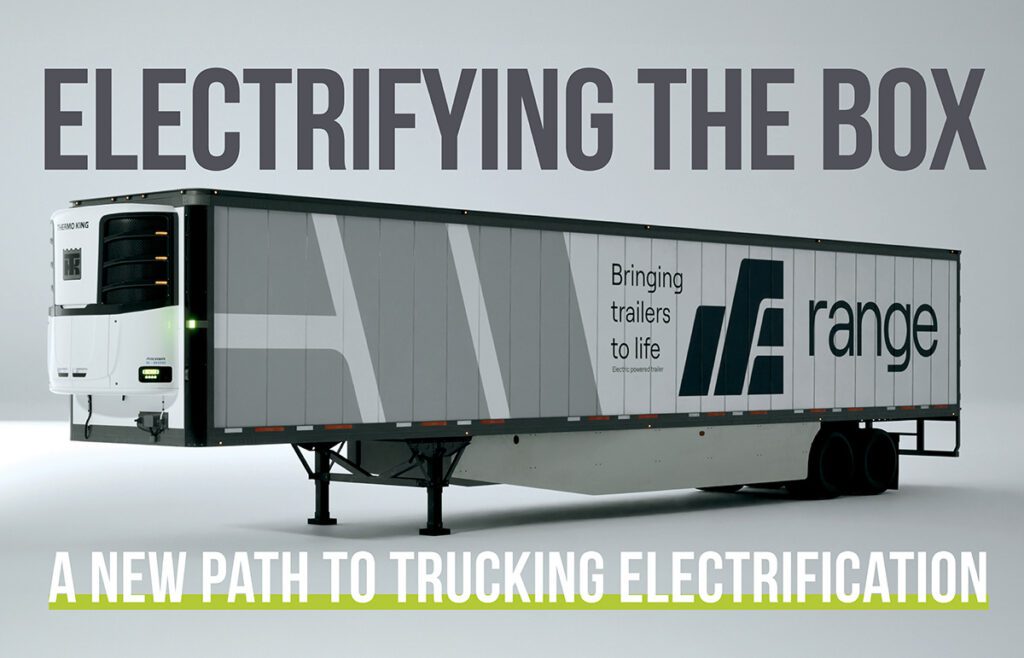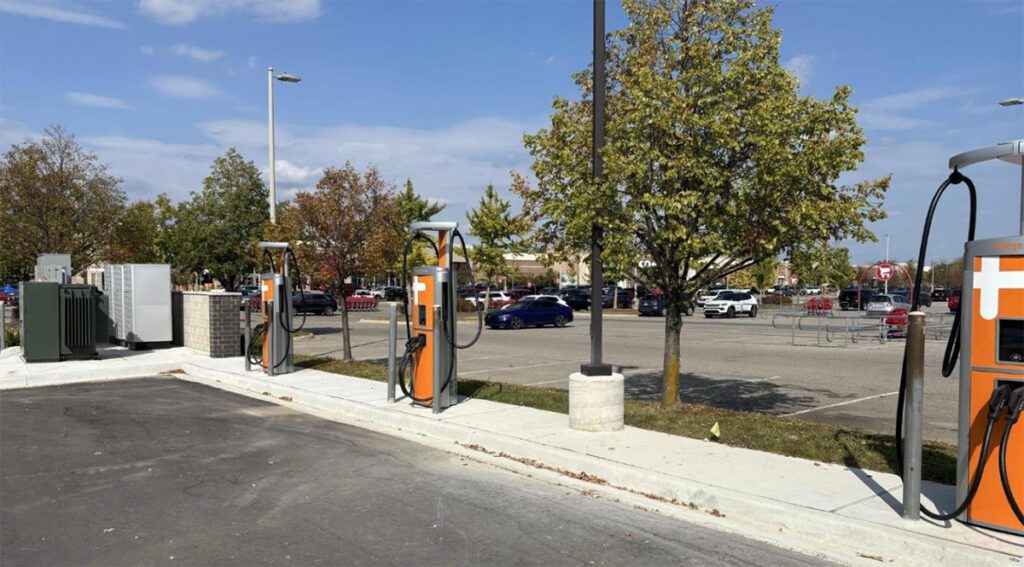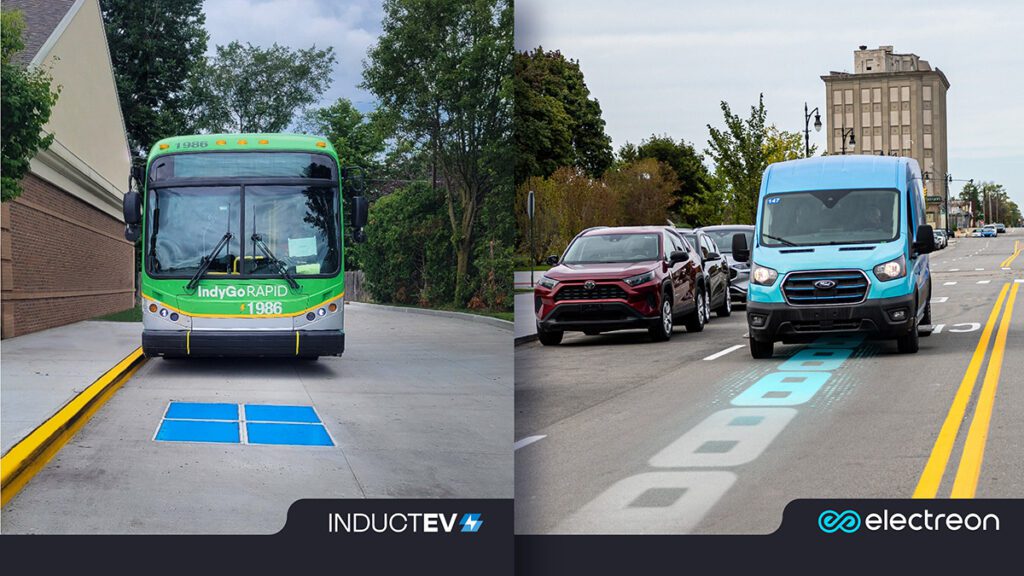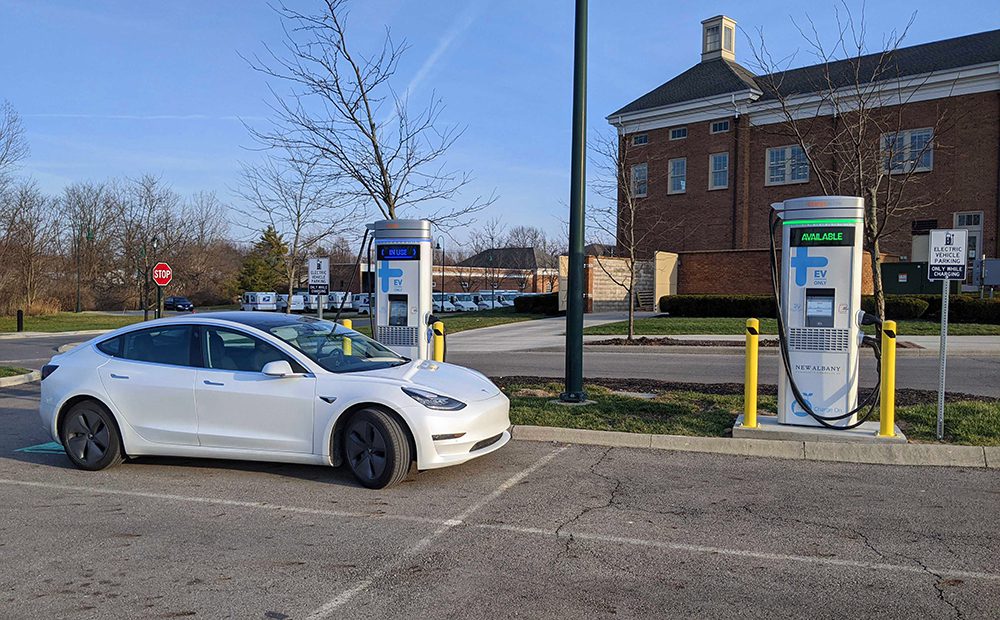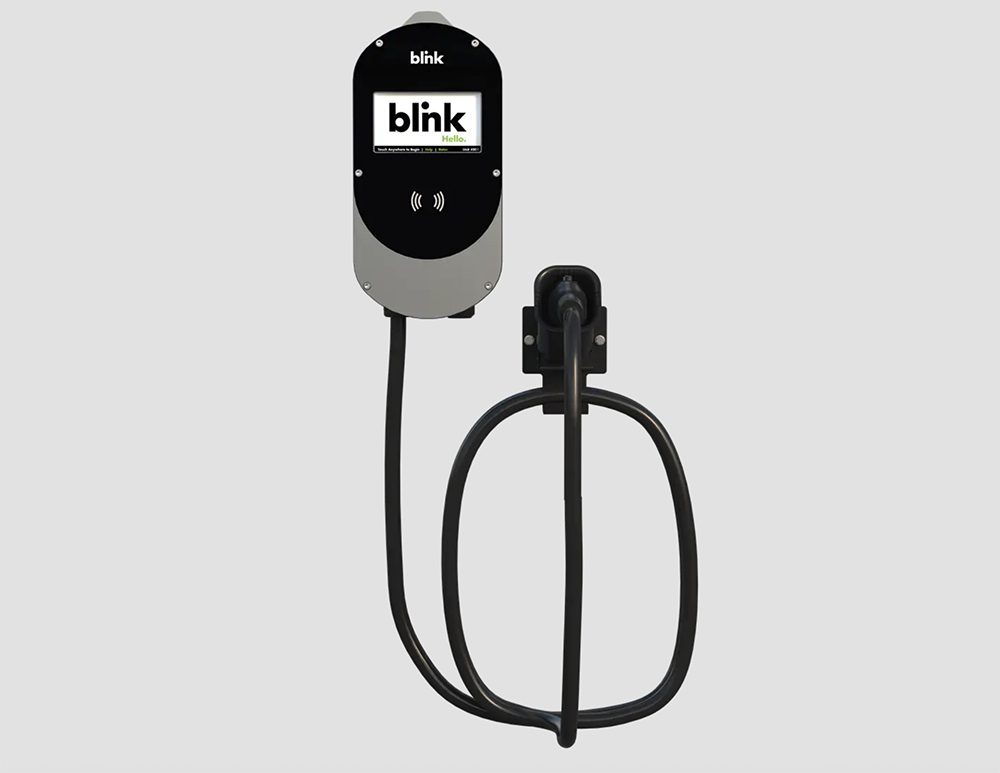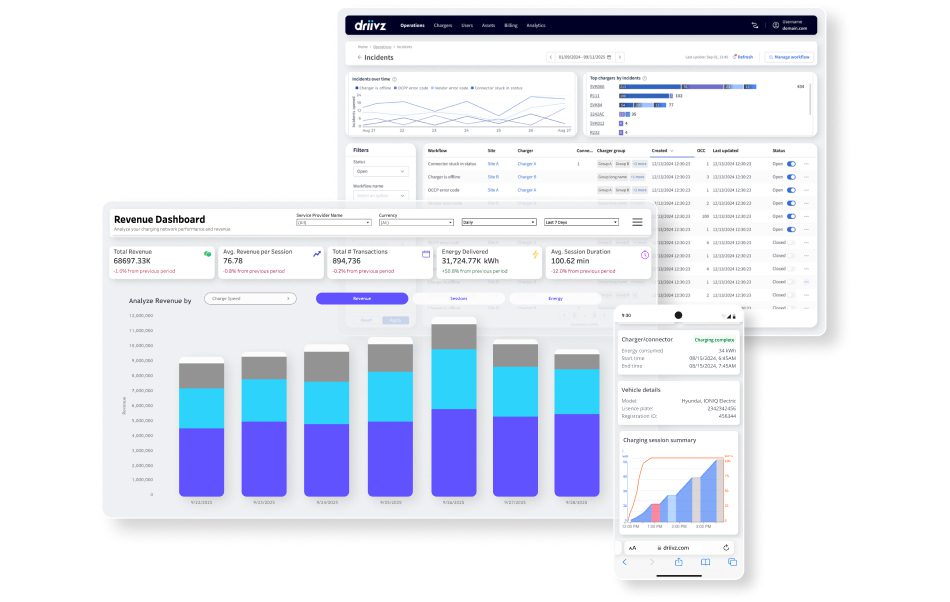Easy EVSE safety testing and troubleshooting with the Fluke FEV100
Test the safety and performance of type 1, level 1 or level 2 electric vehicle ac charging stations (EVSEs) with the Fluke FEV100. This test adapter simulates the presence of an electric vehicle, allowing you to conduct tests in combination with appropriate test instruments such as a digital multimeter or oscilloscope. Use the FEV100 to verify an EVSE is working properly after install and during periodic maintenance, or troubleshoot an EVSE if it is not delivering the appropriate charge.
Safety
EVSE charging cables may become damaged over the course of use, increasing electric shock risks to users. Stay protected from and check risk of electric shock with the GFCI trip test. This function verifies the breaker of the EVSE is connected by detecting ground faults. Additionally, the PE grounding protection pre-test verifies that there is no presence of dangerous voltage at the ground terminal.
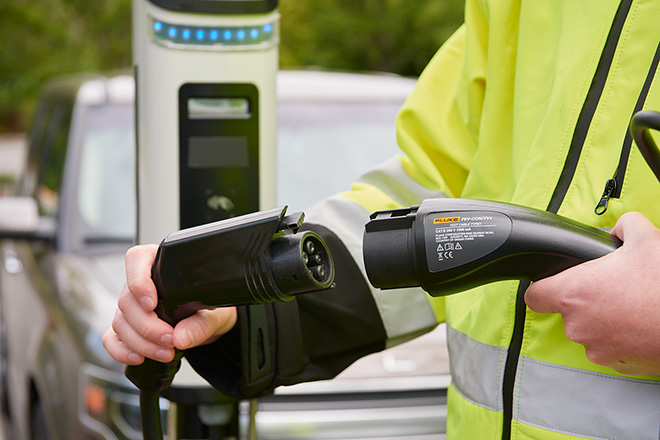
Simplicity and convenience
Perform a variety of tests including ground fault checks, insulation of wires, measuring voltage and duty cycle to see max current available for charging all with one adapter that safely integrates with the Fluke portfolio of test and measurement tools. There is no need to bring an electric vehicle onsite for EVSE troubleshooting: the adapter acts as an electric vehicle when connected to an EVSE for easy performance and maintenance testing.
How to test a charging station
Once an EVSE recognizes it is connected to a “car” and is ready for charging, the adapter tests if the EVSE is performing the way it should be.
- Perform the safety grounding protection pretest to verify that no dangerous voltage is present in the grounding circuit. If the indicator lights up, it is possible that the electrical wiring has been set up improperly or there is a grounding malfunction. In this instance stop further testing immediately and check for a possible wiring fault of the ground conductor.
- Verify station output voltage using an additional meter, such as the 87V digital multimeter.
- Verify station maximum preset charge current using CP terminals and a meter with a duty cycle function or an oscilloscope.
- Simulate the error states as described in the SAE J1772 standard: CP error “E”, GFCI trip test, and grounding error.
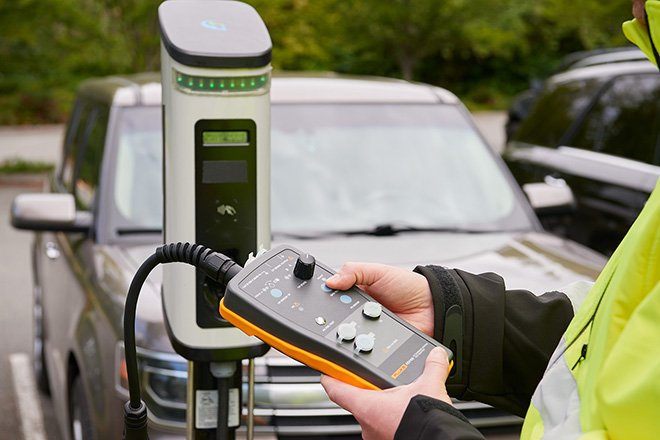
CP error “E” simulation
The standard SAE J1772 defines Error “E” as a state when charging station is: disconnected from vehicle, disconnected from utility, there is a loss of utility power or control pilot is short to control pilot reference (ground). This error simulation tests the station to ensure that if there is an issue with the CP of the vehicle, the station and utility will not supply a charge to the vehicle.
GFCI
Each EVSE is required to be equipped with GFCI protection. On many stations, the GFCI protection is fully automatic and does not need a manual reset after the GFCI circuit is tripped.
Ground Error (Ground Fault) simulation
The Ground Error button simulates an interruption of the ground conductor. As a result, the pending charging process is aborted and new charging processes are prevented. Advanced tests such as insulation resistance, power quality, analysis of the control pilot waveform and loop impedance can also be done using the adapter in conjunction with appropriate test and measurement equipment.
Verifying charging voltage with vehicle simulation
The CP state rotary switch selector simulates various vehicle states when the test adapter is connected to the charging station. Vehicle states are simulated with different resistances connected between CP and PE conductors.






